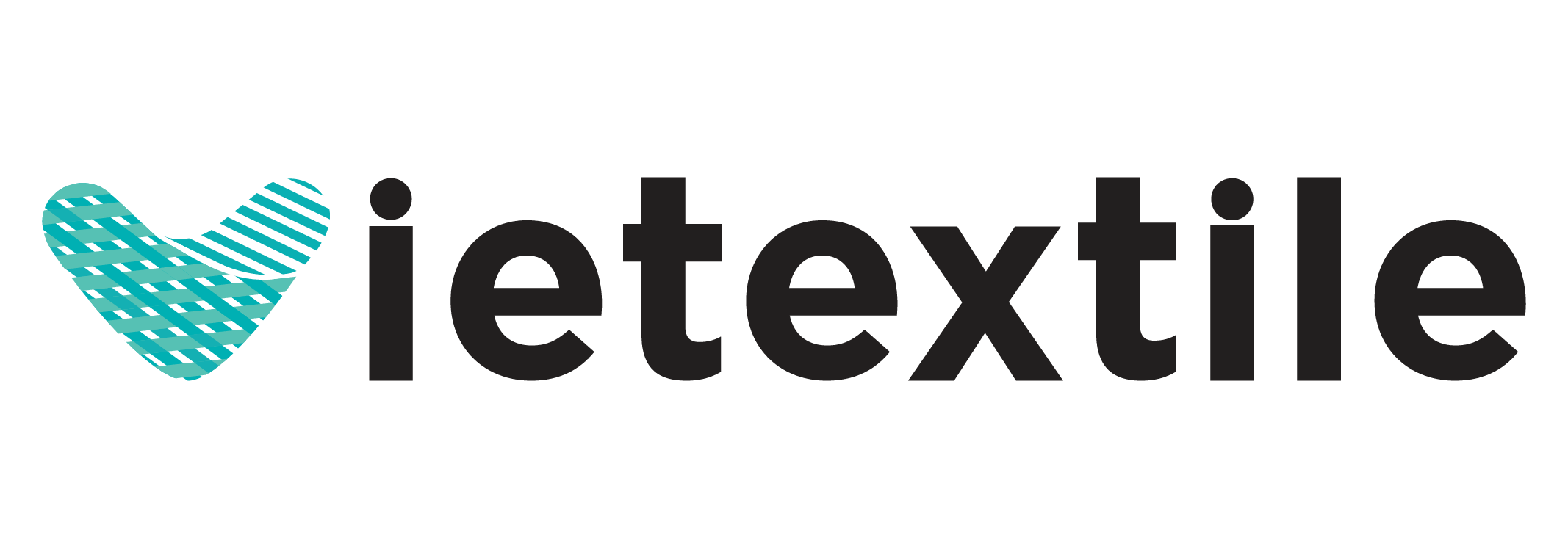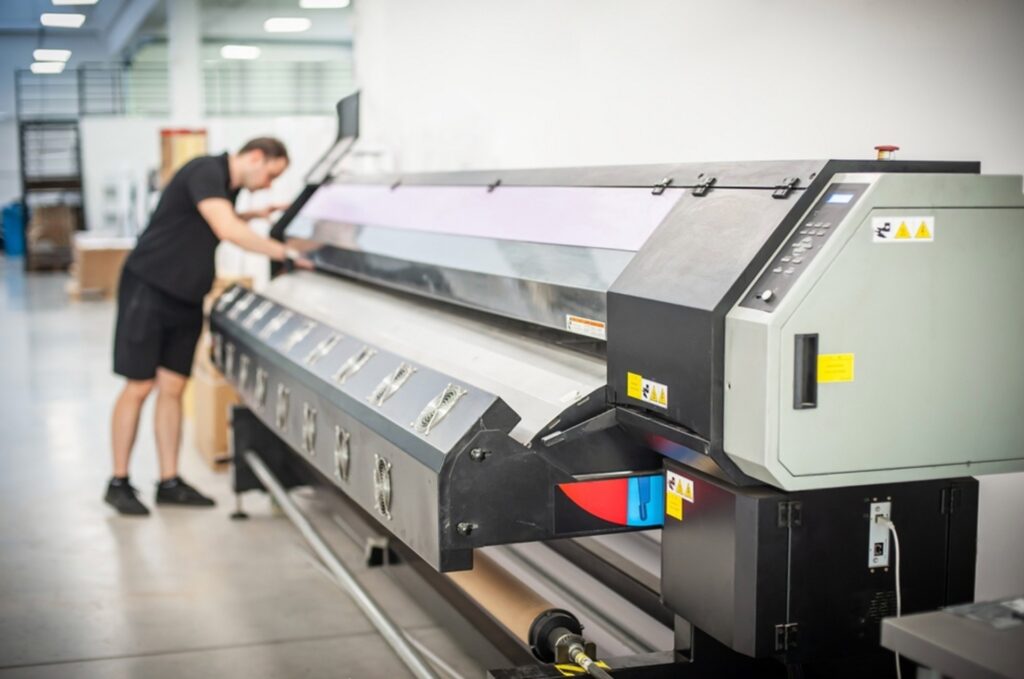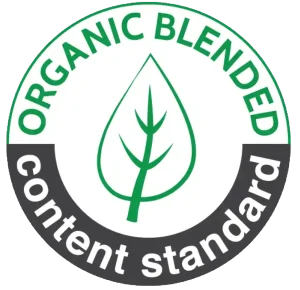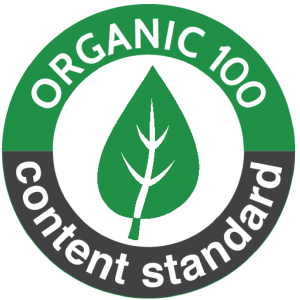Investing in a digital fabric printer is the first step toward achieving agile, on-demand textile production. However, owning the machine is not the same as mastering it. The true challenge—and the key to profitability—lies in optimizing the delicate balance between three competing factors: production speed, image quality, and operating cost. Pushing for maximum speed can degrade quality, aiming for perfect quality can be slow and expensive, and cutting costs indiscriminately can lead to disastrous results.
So, how do you achieve peak performance? This expert guide will walk you through the practical strategies and technical details of digital fabric printing optimization, helping you fine-tune your workflow to run faster, print better, and operate more profitably.
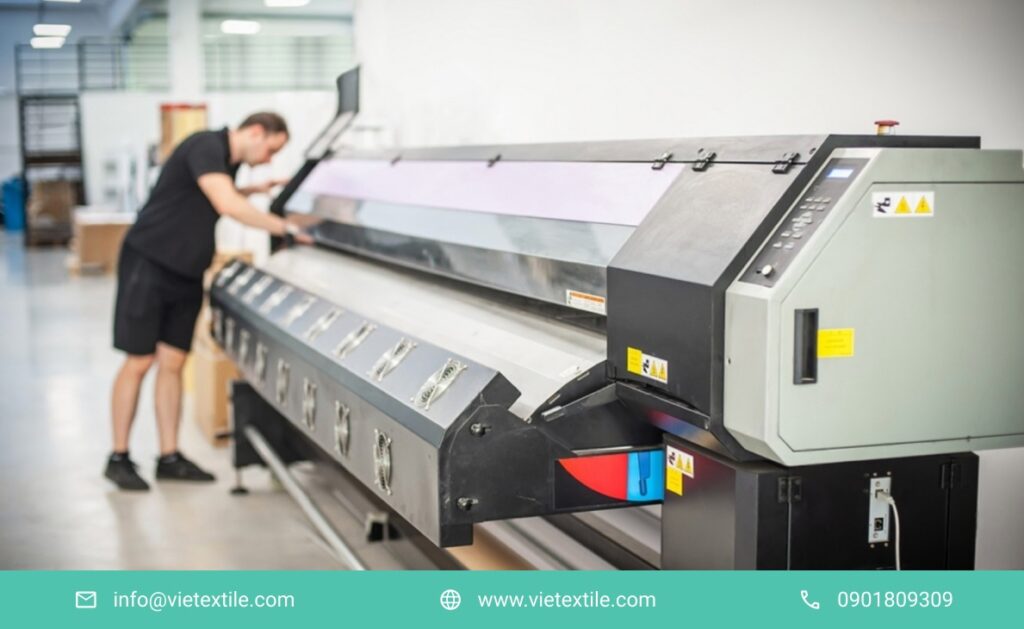
Part 1: How digital fabric printing optimization to be Upgraded Printing Speed
Nội dung tóm tắt
ToggleIn textile production, speed is revenue. Increasing your throughput means you can accept more orders and shorten lead times. While a machine’s top speed is set by its hardware, true operational speed comes from a fully optimized workflow.
1.1 Choose the Right Print Head for Your digital fabric printing optimization
The print head is the engine of your printer. Industrial heads from brands like Kyocera or Ricoh are built for high-speed, 24/7 operation, but their suitability depends on your product.
- For Speed on Solids & Patterns: If you primarily print large block colors, patterns, or signage (like tablecloths and banners), a print head with a higher firing frequency and larger drop size will deliver maximum speed.
- For Detail & High Fashion: If you print high-end fashion with intricate details and photographic images, a head with a smaller picoliter drop size will provide higher resolution, but you may need to run the machine in a higher-pass (slower) mode to achieve it. Digital fabric printing optimization means matching the head’s strength to your core business.
1.2 Leverage Your RIP Software for Faster Processing and digital fabric printing optimization
Your Raster Image Processor (RIP) software is more than just a print driver; it’s your workflow’s central nervous system. A powerful RIP like NeoStampa or Ergosoft speeds up production in several ways:
- Efficient Rasterization: It quickly processes complex, multi-layered vector files into the pixel-based data the printer needs, reducing the “processing” time before the first drop of ink is fired.
- Job Ganging & Nesting: A good RIP can automatically arrange multiple small jobs onto a single, wide roll of fabric. This “ganging” or “nesting” drastically reduces setup time and material waste between jobs, increasing overall throughput.
1.3 The Critical Role of Proactive Maintenance
A clean machine is a fast machine. This is the most overlooked aspect of speed optimization. Dust, dried ink, and fabric lint create friction and blockages.
- Nozzle Clogging: A partially clogged nozzle forces the printer to compensate, often by running extra cleaning cycles or requiring the operator to stop and manually clean the head.
- Roller & Belt Issues: A dirty conveyor belt or worn feed rollers can cause the fabric to slip or skew, forcing you to run the machine at a slower, “safer” speed to avoid misprints. A consistent routine of proactive maintenance, especially regularly cleaning the print nozzles, is the single best way to ensure your printer can reliably run at its intended speed without interruption.
Part 2: How to Guarantee Image Quality
Speed is meaningless if the final product is rejected. World-class print quality is the result of a controlled and standardized process, from file creation to final curing.
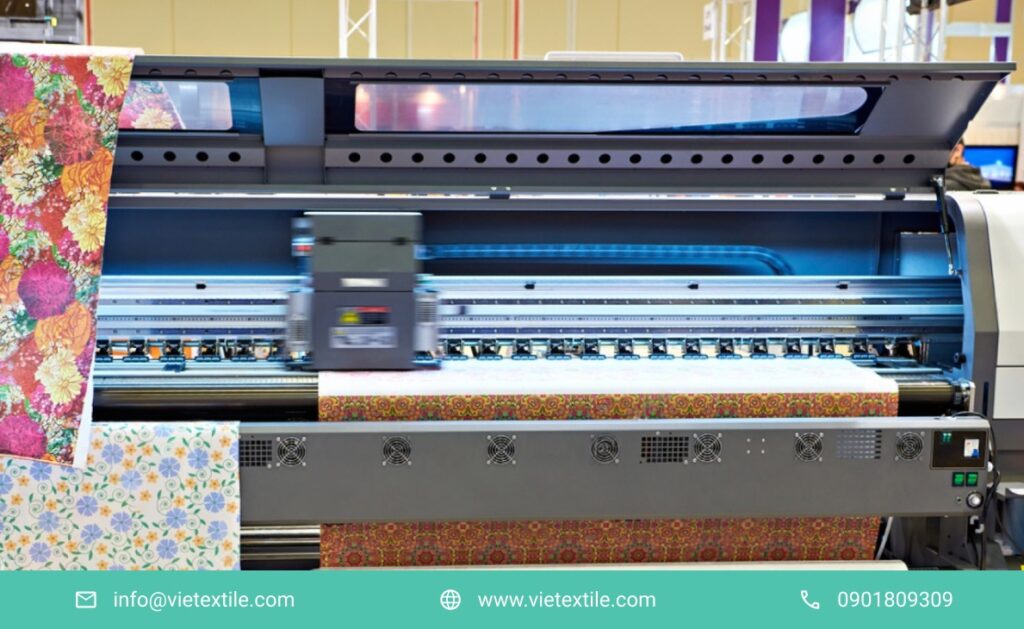
2.1 Master Pre-Press: File Resolution and Color Management
The principle of “garbage in, garbage out” is absolute in digital printing.
- File Resolution: For most textile applications, the source file should be a minimum of 150-300 DPI at the final print size. A low-resolution file will always look pixelated, no matter how good your printer is. Use high-quality TIFF or PDF formats.
- Color Mode: Always design and save your files in the CMYK color space. RGB is for screens, and sending an RGB file to a CMYK printer will result in a significant, unpredictable color shift. Calibrate your design monitors to match the printer’s output using a custom ICC profile for true color accuracy.
2.2 Fabric Selection and Pre-Treatment: The Foundation of Quality
The fabric itself is an active part of the printing process.
- Why Pre-Treat? Applying a chemical pre-treatment (or “coating”) to the fabric before printing is essential. This coating controls how the ink droplets spread when they hit the fibers (a phenomenon called “dot gain”). Without it, ink will bleed into the fabric, resulting in fuzzy lines and muted colors.
- Matching to Fabric: Different fabrics require different pre-treatments. Cotton, polyester, and poly-blends all have unique chemical compositions and require a compatible coating to ensure the ink bonds correctly and produces a sharp, vibrant image.
2.3 Control Your Print Environment with digital fabric printing optimization
Your digital fabric printer is a sensitive piece of equipment. The surrounding environment can directly impact its performance.
- Humidity Control: The ideal humidity level for a digital print room is 45-65% RH.
- Too Dry (<40%): Static electricity increases, and water-based inks can dry on the nozzle plate, causing clogs.
- Too Humid (>65%): Fabric can absorb moisture from the air, causing ink to bleed and affecting curing times.
- Temperature & Cleanliness: Maintain a stable temperature and keep the area free of dust and lint, which are primary sources of print head contamination.
Part 3: How to Reduce Operating Costs
True digital fabric printing optimization is about profitability. This means strategically managing your costs without sacrificing quality.
3.1 The True Cost of “Cheap” Ink
Using uncertified, third-party ink may seem like an easy way to save money, but it is almost always a costly mistake.
- Risks: Inconsistent color from batch to batch, higher rates of nozzle clogging due to impure pigments, and potential chemical corrosion of delicate ink system components.
- The Bottom Line: The cost of replacing a single print head due to damage from cheap ink can wipe out years of savings. Always use ink from the OEM or a highly reputable, certified third-party supplier that offers a warranty.
3.2 Smart Production: Using “Economy” and “Draft” Modes for digital fabric printing optimization
Not every print job requires the highest possible quality.
- What They Do: These modes reduce the number of “passes” the print head makes over an area, which uses less ink and prints faster.
- When to Use Them: Economy modes are perfect for creating initial samples, printing banners that will be viewed from a distance, or for products where ultra-high-resolution detail is not necessary. Using these modes intelligently for the right jobs can dramatically reduce your average ink cost per square meter.
3.3 Right-Sizing Your Investment: Matching Machine to Mission
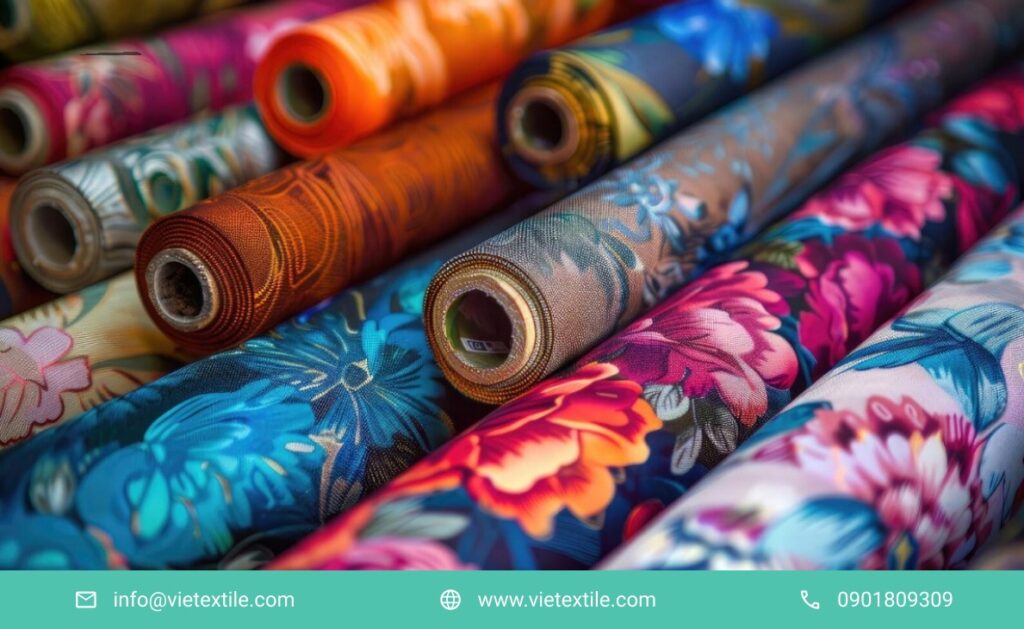
Optimizing costs starts with buying the right machine in the first place.
- The Risk of Over-Investment: Buying a massive industrial printer for a small, boutique workload is financially inefficient. The high costs of power, maintenance, and loan repayments will weigh on the business if the machine sits idle.
- The Risk of Under-Investment: Trying to run a small, desktop-class machine 24/7 for industrial-level output will lead to premature wear and tear, constant breakdowns, and an inability to meet deadlines. A key part of digital fabric printing optimization is conducting a thorough analysis to choose a machine with a capacity that meets your current needs but also has room for your projected growth.
Conclusion
Mastering your digital fabric printing optimization is about adopting a holistic approach. It requires looking beyond the machine’s specifications and focusing on the entire production ecosystem: from the quality of the digital file and the preparation of the fabric to the maintenance routine and the strategic use of print modes. By balancing the critical triangle of speed, quality, and cost, you can transform your printer from a simple piece of equipment into a powerful, efficient, and highly profitable engine for your business’s growth with digital fabric printing optimization methods.
FAQ
1. What is RIP software and why is it important for speed Digital fabric printing optimization? RIP (Raster Image Processor) software translates your design file (like a PDF or TIFF) into the millions of tiny dots the printer needs to fire. A high-quality RIP processes these complex files much faster, reducing wait times, and includes features like job nesting to print multiple jobs more efficiently, which increases overall throughput.
2. Can I use RGB files for Digital fabric printing optimization? It is strongly discouraged. RGB is a color model for digital screens, while printers use CMYK. While a RIP can convert the file, the color shift will be unpredictable. For accurate color, always design and save your artwork in the CMYK color space.
3. What’s the ideal humidity for a digital textile print room? The ideal range is between 45% and 65% Relative Humidity (RH). This is humid enough to prevent ink from drying on the nozzles but dry enough to ensure the fabric doesn’t absorb ambient moisture, which can cause ink to bleed.
4. When should I use a lower quality “draft mode”? Draft or economy modes are perfect for applications where an ultra-high resolution isn’t necessary. This includes printing initial samples for pattern placement, banners that will be viewed from a distance of several meters, or test prints for color matching and Digital fabric printing optimization.
5. Does using uncertified third-party ink really save money in the long run Digital fabric printing optimization? Almost never. While the initial purchase price is lower, the risks of inconsistent color, frequent nozzle clogging (which wastes ink on cleaning cycles), and the potential for catastrophic print head damage (which can cost thousands of dollars to replace) make it a very poor long-term financial strategy.
